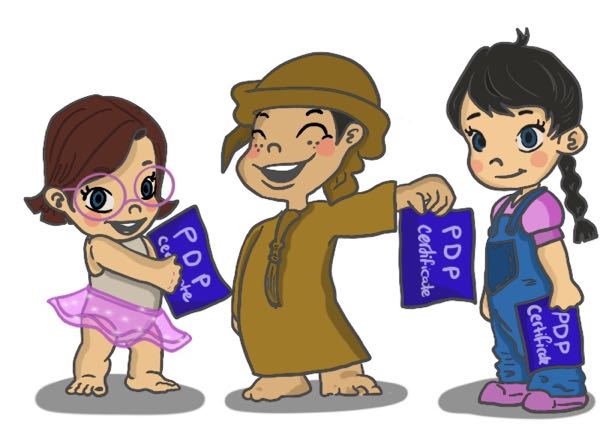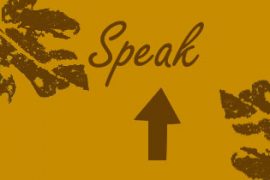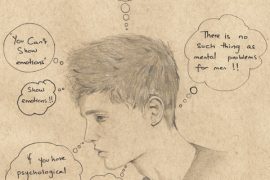Looking at how Personal Development Plans can be incorporated into an individual’s learning journey from an early age.

A Personal Development Plan (PDP) is “a combination of approaches, ideas, and techniques that will help you manage your own learning and growth” (Chartered Institute of Personnel Development).
Every individual comes with their own set of strengths and development needs that evolve over time, and there is a lot that we, as individuals, can do to nurture this. While some may choose to focus only on their development needs, it is just as important, if not more so, to capitalize on their strengths as well in order to grow and be successful. For example, an individual may choose to set a goal to develop their project planning skills and achieve the relevant certification, while they may also want to build on their influencing skills which is a strength, but they want to learn how to leverage it further.
Personal Development Plans (PDPs) can, therefore, be used to support individuals in creating a specific action plan tailored to their own needs and can be used for both short and long-term goals. It can help track milestones towards the goals they are hoping to achieve and serve as self-recognition for the goals they have already accomplished. PDPs should not be set in stone as they will also evolve, just as we do, and so a regular review and evaluation are critical to ensure that the goals are up to date.
While it is an individual’s responsibility to take charge of their own PDPs and learning, many organizations play a part in encouraging its use, some more actively than others. A lot of organizations use it to support individuals with low-performance ratings, and others use it for their high potential employees, but it is important that PDPs are used across the board where all employees are encouraged to have a PDP in place. Any individual, irrespective of the role they are in or how well they are performing can benefit from a PDP.
While it may sound idealistic, I would take this much further back to say that PDPs need to be a way of life and instilled in every individual from an early age and firmly implemented in the academic environment as well. Of course, teachers monitor students’ progress, and yes, there are parent-teacher meetings, with report cards defining how students rank amongst one another. However, students might benefit from a personalized development plan which looks at them in a more holistic view rather than an overall assessment standard set by an education board.
Some schools have tried to adopt a more holistic approach and try to assess children based on their own individual capabilities rather than a broad generalization, but there is so much more that can be done. In addition to the standardized assessments that are compulsory, children should also be given a simple form of a PDP to support their learning journey. At that age, it can be daunting for children to learn school subjects such as languages, mathematics, and science, while they may still be mastering their motor skills or even learning to be independent. This can lead to demotivation and low self-esteem at an early age and may only get worse over the years if they are not given the right support. Therefore, it becomes even more critical to be able to have simple but open conversations with children so that they understand that we are all different and that we have different strengths and development needs. As such, a student PDP could range from presenting skills or storytelling, researching for school projects, use of technology, performing arts, and a whole range of other skills with the key message being that students recognize and appreciate where their key strengths lie so they are not only directed towards “fixing” their development areas.
At an early age, this would need to involve students, teachers, and parents, but as they grow older, these students can then learn to take responsibility for their own learning and development. By the time they then venture into university or employment life, they will be more equipped to navigate their way through these new worlds as they will have a higher sense of self-awareness and understanding of the variety of tools that can be used to continue their development journey.
Development is a life-long process and this needs to be encouraged at all ages to ensure progress. It benefits the individuals, organizations, and society at large, when we are able to truly look at ourselves and reflect on how we grow, adapt, learn, and transition through the ups-and-downs of life that we all go through.
An individual who may have already achieved a senior status or reached their goals will also feel a slump at some point if they don’t have a sense of purpose or some form of a PDP in place as there is always more that one can do and learn. In the words of His Highness Sheikh Mohammed Bin Rashid Al Maktoum, Vice President and Prime Minister of the UAE and Ruler of Dubai, “They say the sky is the limit for ambition, but we say the sky is only the beginning.”
So, take a look in the mirror today, take a moment to appreciate all that you have achieved and what you have gone through to get here. Now, take another moment to reflect on what you could have done better, what you have learned from it, and where you would like to go to next.
References:
“What is a Personal Development Plan and What Can it Mean for You” https://www.bridgewateruk.com/2016/09/personal-development-plan/



